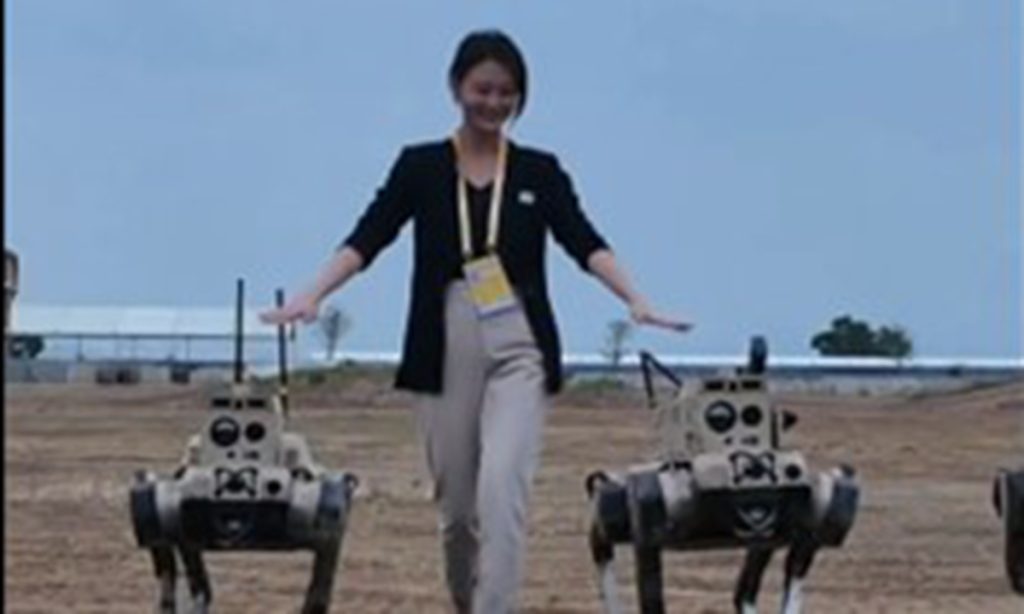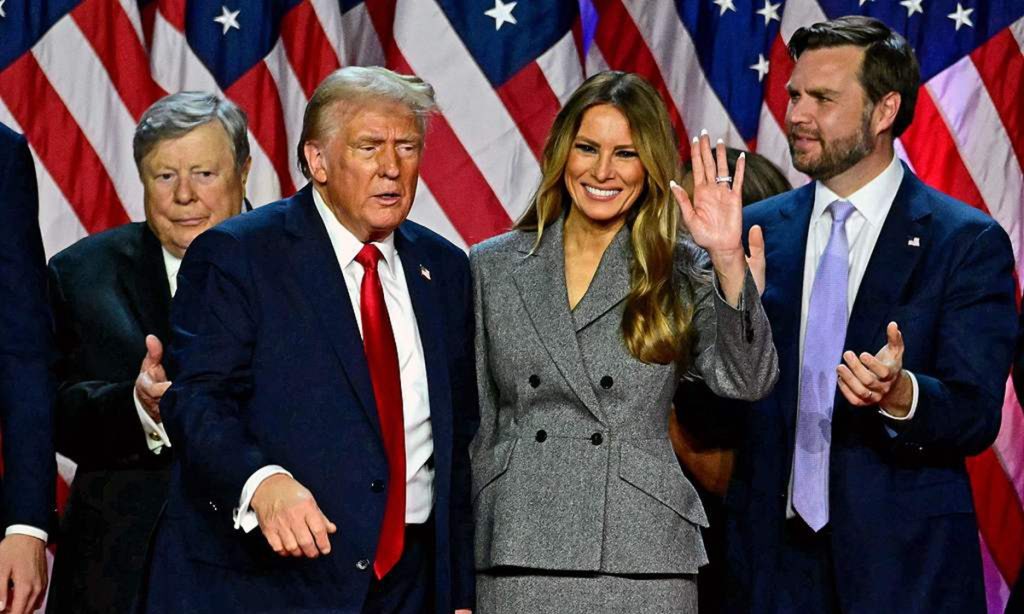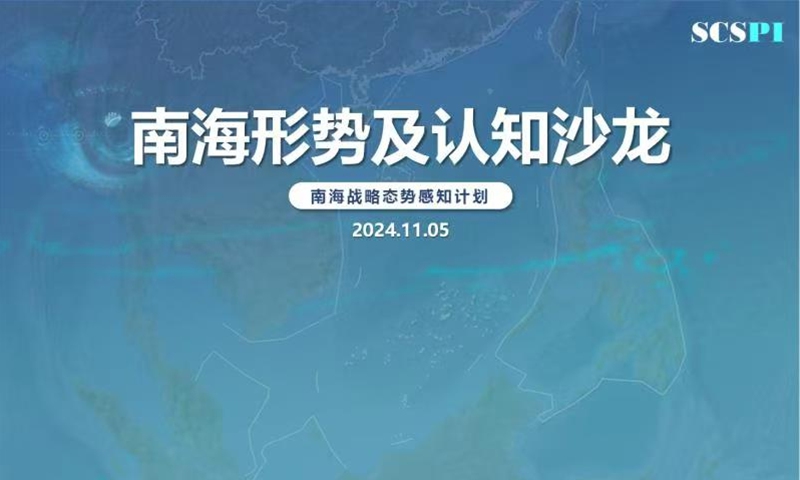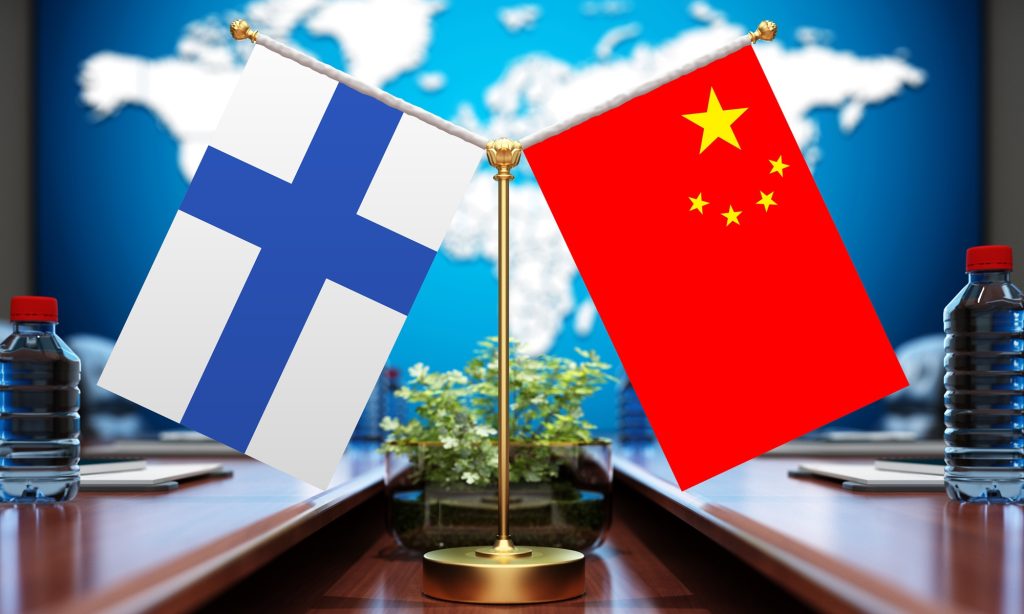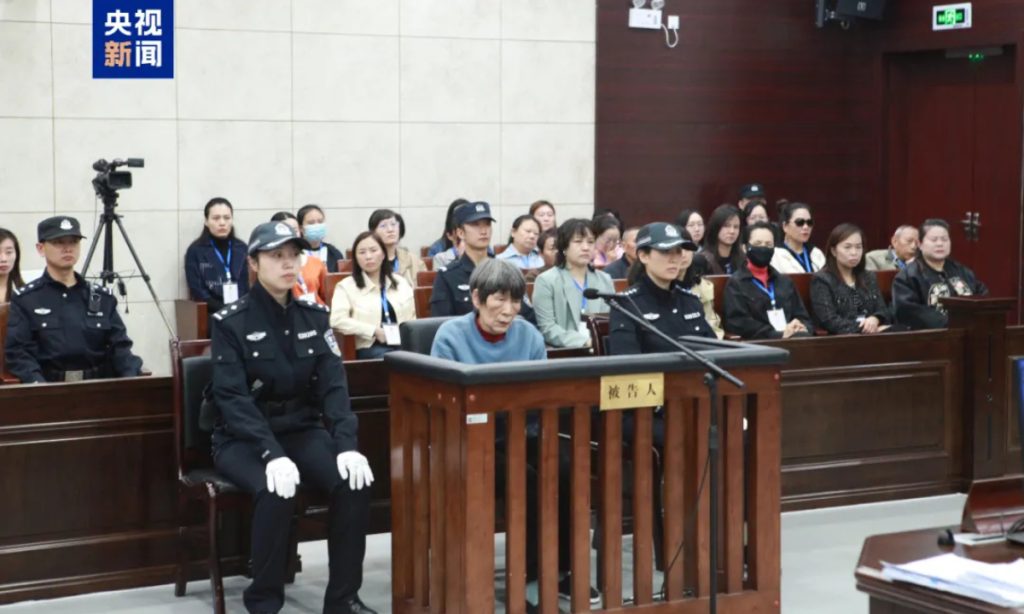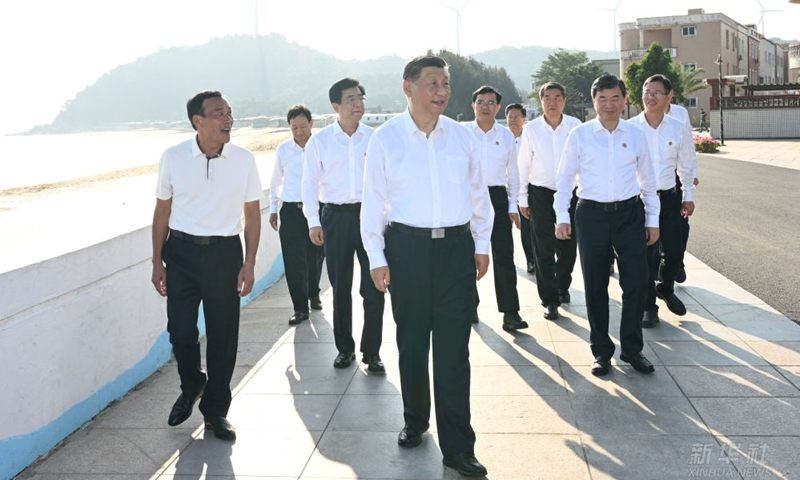Xi leaves for Peru for APEC meeting, state visit

Chinese President Xi Jinping left Beijing on Wednesday to attend the 31st APEC Economic Leaders' Meeting in Lima and pay a state visit to Peru at the invitation of President of the Republic of Peru Dina Ercilia Boluarte Zegarra.
Xi will deliver an important speech at the meeting to elaborate on China's important measures to deepen reform and opening up and propositions on advancing Asia-Pacific cooperation. China stands ready to work with other parties to deliver on the APEC Putrajaya Vision 2040 in an all-round and balanced way, strive for positive outcomes of this meeting, provide new impetus for advancing regional economic integration and promoting the growth of Asia-Pacific and the rest of the world, and jointly build an Asia-Pacific community with a shared future, Foreign Ministry Spokesperson Mao Ning said on November 8.
Lima, the capital of Peru, has officially entered the "APEC moment," with billboards on the streets promoting the theme of the meeting - "Empower. Include. Grow." - and flags of APEC economies flying high in front of key event venues.
Reflecting the deep bond between China and Peru, locals were quick to share their connections to China and extend warm welcome to Chinese guests once they heard reporters are from China. An APEC Peru 2024 worker at Lima's Jorge Chavez International Airport told the Global Times his grandmother was Cantonese, and although he hasn't been to China, he feels "close to China."
Another hotel staff member named Sergio told the Global Times that China is seen as a very friendly country in Peru with a rich historical tradition, and he added that he enjoys watching Chinese kung fu films.
In interviews with the Global Times on Tuesday local time, APEC officials and locals in Peru voiced strong expectations for the upcoming leaders' meeting to explore and enhance cooperative opportunities in the Asia Pacific region. Many also showed significant interest in China's proposals to be raised at the meeting, given the country's influential role in regional cooperation.
"This is a pivotal year. There's an expectation to see meaningful advancements on key issues," Carlos Kuriyama, director of the APEC Policy Support Unit, told the Global Times at the media center on Tuesday, emphasizing that while trade flows among some Asia Pacific economies remain robust, various challenges require joint efforts to address.
During the discussions, leaders from APEC's 21 member economies, which together account for almost two-thirds of world GDP and half of global trade, will tackle core challenges facing the Asia-Pacific region, including climate change, sustainable energy solutions, digital economy transition, and trade facilitation. Leaders and ministers will discuss policies that could help economies overcome these current challenges while promoting innovation and inclusiveness, an APEC official statement said.
Kuriyama highlighted China's important role in Asia Pacific as well as global cooperation. "China's role is very important, not just in APEC, but for whole world," noting that China is advocating for the free, open trade, citing China's free trade agreement with Peru as a model.
In the first ten months of 2024, China's trade with other APEC economies achieved a historic level of 21.27 trillion yuan ($2.94 trillion), making up 59.1 percent of China's total trade value during the same period, according to official data on Wednesday.
"We are very excited to see new possibilities of investment here in Peru. I think that's the main interest that we have," Juan Aurelio Arévalo Miró Quesada, editor-in-chief of El Comercio, a Peruvian newspaper, told the Global Times at the APEC media center in Lima on Tuesday.
"We always had a very close relationship with China," pointing to historical background of Chinese immigration to Peru, cultural exchanges and diverse Chinese investments across various fields. "So, we are very close to China."
Unique value
As one of the most influential and extensive multilateral cooperation platforms in the Asia-Pacific region, APEC was established in 1989 with the goal of enhancing trade openness and fostering sustainable economic growth.
According to Marco Balarezo, Peru's ambassador to China, an expected turnout of 5,000 delegates at the APEC Leaders' Meeting, 1,200 CEOs and leaders in the APEC CEO Summit which may be among the largest gatherings in the history of APEC, per CGTN.
Liu Chenyang, director of the APEC Study Center of Nankai University in Tianjin, told the Global Times that Peru has prioritized empowering vulnerable economic actors in their transition from informal to formal participation in the global economy, the first time in history.
This reflects a strong call from emerging economies for inclusive development, and places greater prominence on enhancing the integration of vulnerable economic actors into formal economic frameworks such as regional economic cooperation and economic globalization, Liu said.
Wang Youming, director of the Institute of Developing Countries at the China Institute of International Studies in Beijing, said that the APEC gives developed and developing countries a unique opportunity for extensive engagement, and creates a valuable platform for exchange to address critical global challenges across economic, financial, and industrial sectors.
Emerging economies and developed countries have different perspectives and respective concerns on global affairs and pacing challenges, Wang said, "Through exchanges at the multilateral mechanism, there is an opportunity to reach consensus and jointly find ways to solve problems."
Taking the 31st APEC Economic Leaders' Meeting as an opportunity, China stands ready to remain committed to upholding true multilateralism and open regionalism, create more opportunities for Asia-Pacific partners with high-quality development and high-standard opening up, and work with others to build an Asia-Pacific community with a shared future featuring openness and inclusiveness, innovative growth, connectivity, and win-win cooperation, said Chinese foreign ministry spokesperson Lin Jian on Wednesday at a regular press briefing.
Growing role
Beyond the diplomatic sphere, the Chinese business community places significant emphasis on economic cooperation within the Asia-Pacific region.
Zhang Shaogang, Vice Chairman of the China Council for the Promotion of International Trade (CCPIT), told the Global Times the CCPIT is leading a substantial business delegation to participate in the APEC CEO Summit in Peru.
According to Zhang, the delegation includes over 120 representatives from more than 60 Chinese companies across various sectors such as infrastructure construction, energy, finance, bio technology, e-commerce, artificial intelligence, and international trade.
With this visit, the Chinese business delegation aims to advocate for an open Asia-Pacific economy, explore pathways to advance sustainable development in the region; and share thoughts and ideas on shaping next-generation rules for AI, digital trade, green development, and other emerging sectors, Zhang said.
"We hope APEC economies prioritize these policy recommendations to embody open regionalism genuinely. It is also very essential for some economies to refrain from building walls and erecting barriers and focus on creating fair, and favorable conditions for regional business cooperation," Zhang said.
According to the Ministry of Commerce, China's trade with APEC economies reached $3.74 trillion in 2022, accounting for 59.7 percent of China's overall trade. Eight of China's top 10 trading partners are APEC economies.
China is the largest trading partner of 13 APEC economies. A total of 15 APEC economies have signed free trade agreements with China.
Some analysts pointed out that from an early participant in globalization, China has become an active facilitator or even a leading one.
Joining APEC's market opening mechanism is a milestone for China's integration into regional cooperation and the continuous promotion of high-level opening up. In turn, it has also provided enormous opportunities for the economic and trade development of the entire Asia-Pacific region. And that makes APEC a practical platform for building a community with a shared future for mankind.
"The key advantage of APEC is that it brings together both the Global North and South, serving as a forum that links them, especially the US, China and Russia. APEC isn't just about the Global South. It includes a large number of countries from the Global South, but also from other parts of the world. There isn't another organization quite like it that brings regional cooperation in this way," Jayant Menon, a senior fellow at the Singapore-based ISEAS-Yusof Ishak Institute, told the Global Times.
Theo Schunck, Executive Secretary of the Instituto Rio Metropole, told the Global Times that emerging economies play a crucial role in APEC meetings, as they can bring innovative perspectives and solutions to global challenges, and represent a significant share of global economic growth.
They bring a new dynamic to the world economy, promoting innovation, inclusive growth and sustainability, Schunck said.
